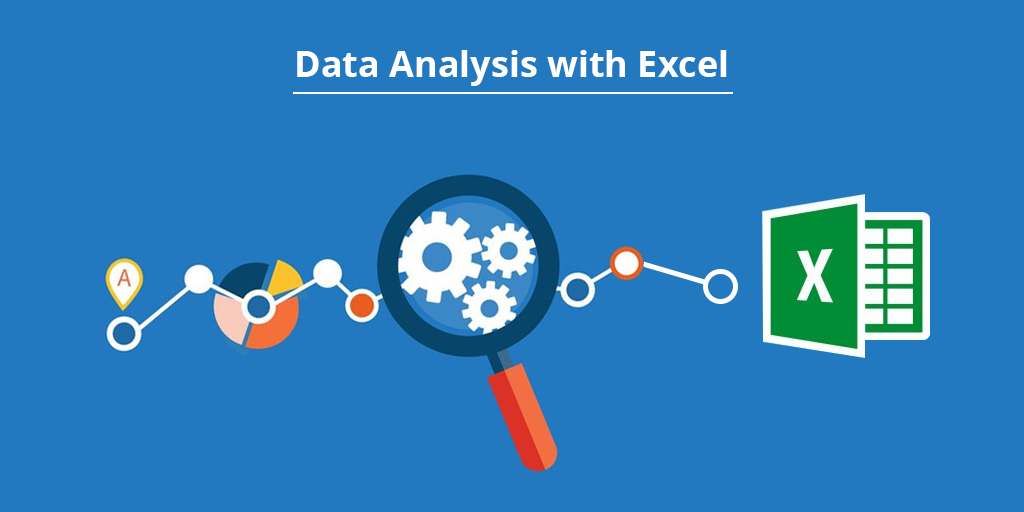Free eBooks for Beginners
Excel is a powerful tool for data analysis and it’s widely used by both beginners and experienced data analysts. One of the features that makes Excel great for data analysis is its ability to work with time values. This article will give you a beginner’s guide to working with time values in Excel, without the use of any code.
First, let’s start by understanding what time values are. Time values in Excel refer to values that represent time of day, such as hours, minutes, and seconds. When you’re working with time values in Excel, you’ll typically format them as either time or date and time.
To enter time values in Excel, you can simply type them into a cell, such as “3:30 PM.” Excel will automatically recognize the value as a time and format it accordingly. You can also use the “Time” function in Excel to enter time values. For example, if you type “=Time(15,30,0)” into a cell, Excel will display “3:30 PM.”
Another way to work with time values in Excel is by using date and time formats. For example, you can format a cell as “Short Date” to display only the date, or as “Long Time” to display both the date and time.
One of the key benefits of working with time values in Excel is that you can perform calculations with them. For example, you can subtract two time values to find the duration between two times. You can also use time values in combination with date values to perform date and time calculations.
One common use of time values in Excel is for scheduling and time tracking. For example, you can use Excel to track the start and end time of a task and calculate the total time spent on the task. To do this, you would subtract the start time from the end time to find the duration.
Another way to work with time values in Excel is by using the “Date” function. The “Date” function allows you to enter a specific date and time, such as “January 1, 2022 at 12:00 PM.” This can be useful for tracking events or deadlines in your data analysis.
Finally, it’s important to note that Excel provides a number of built-in functions and tools for working with time values. These include the “Now” function, which displays the current date and time, and the “Date” function, which allows you to enter a specific date and time. You can also use the “Format Cells” option in Excel to format time values as needed.
In conclusion, working with time values in Excel is a key aspect of data analysis. Whether you’re a beginner or an experienced data analyst, understanding how to work with time values in Excel can greatly improve your efficiency and accuracy in analyzing data.
Excel Data Analysis for Beginner and Data Analyst : Tutorial 08 – Working with Time Values
 Loading...
Loading...
Disclaimer: The information and code presented within this recipe/tutorial is only for educational and coaching purposes for beginners and developers. Anyone can practice and apply the recipe/tutorial presented here, but the reader is taking full responsibility for his/her actions. The author (content curator) of this recipe (code / program) has made every effort to ensure the accuracy of the information was correct at time of publication. The author (content curator) does not assume and hereby disclaims any liability to any party for any loss, damage, or disruption caused by errors or omissions, whether such errors or omissions result from accident, negligence, or any other cause. The information presented here could also be found in public knowledge domains.
